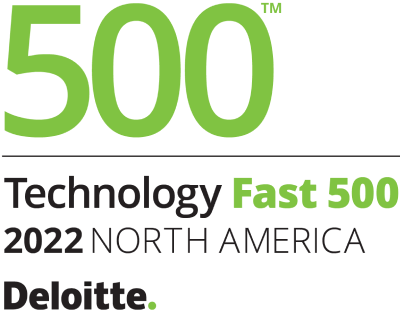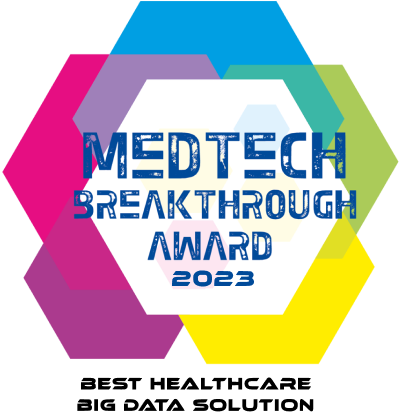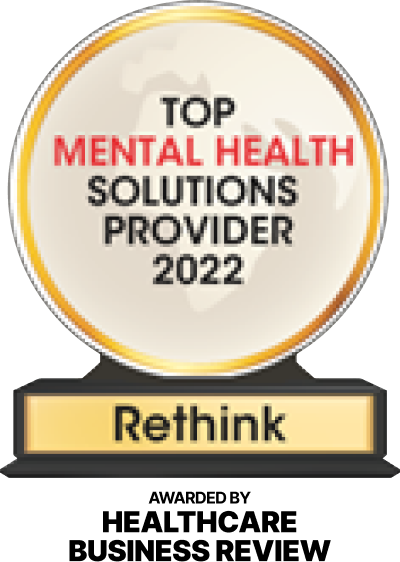As a parent, you have endless responsibilities. More than you could have ever imagined prior to having children. If you have a child with an intellectual or developmental disability (I/DD), there can be extra, often many extra, responsibilities to manage – therapies, doctor visits, IEP goals, behavior plans, transition plans, accommodations… the list goes on and on. One item that might be on that list? Helping your child secure a job one day.
We’ve heard the statistics about employment among the I/DD population, and the numbers are staggering. The ARC surveyed families raising children with an I/DD for a 2010 study, and they reported only 15% of their children were employed. This is consistent with several studies from the last decade illustrating the high underemployment or unemployment rates of individuals with I/DD, even despite many having college degrees. Additionally, if an individual was headed toward employment, the parents were usually tasked with facilitating this. The good news is, today, it’s not just Moms and Dads who are the advocates helping to carve out meaningful employment for their children. It’s the future employers, too.
What’s contributing to this exciting development? “Neurodiversity.” Neurodiversity is still a new term, but most agree it refers to the concept that we are all wired differently. The tech industries have taken particular interest in this concept. Companies such as Microsoft, SAP, Willis Towers Watson, Hewlett Packard Enterprise (HPE), and Ford have examined their human resources practices to better access and accommodate neurodiverse talent. Microsoft even has their own “Neurodiversity In The High Tech Workforce Conference.” Companies are starting to recognize and celebrate the need for a neurodiverse workforce. And this isn’t just a hunch. Real work has been done to demonstrate the strengths of a subset of this workforce: those with I/DD and learning disabilities.
HPE’s program has placed over 30 individuals from within this “neurodiverse subset” in roles testing software at Australia’s Department of Human Services, and this subset was found to be 30% more productive than colleagues without a disability. Israel’s Defense Force has a “Visual Intelligence Division,” which employs many individuals with autism as image analysts and even recruits high school students for strong visual thinking and attention to detail. These are the students that would otherwise receive an exception letter from participating in the Israeli Army due to their disability.
This shift is exciting for parents and opens a new world of possibilities. What makes these changes possible? Awareness and training for managers and employees to better support a neurodiverse workforce. And what does that look like?
Suppose your child struggles with making eye contact, goes off on conversational tangents, and is not able to focus on questions during an interview. Getting past that first phase may be quite challenging. Perhaps your child does get a job, but due to his difficulty with organization, prioritization, and attention, his inability to meet deadlines results in losing that job. Or, say your child excels at work tasks
but finds socializing with her colleagues agonizing, and every interaction is awkward for all parties involved. She ends up leaving her job because it’s just too uncomfortable. These scenarios happen every day at workplaces across the country.
Equipping companies with training and tools to better support neurodiversity across their population can be a major advancement for our children’s futures. Resources such as consultations with employment specialists or behavioral experts who support people with disabilities, paired with e-training on disabilities and workplace accommodations are efficient ways for companies to get started. Companies can learn how to seamlessly incorporate these accommodations, such as helping an employee make a daily to-do list or color-code his projects by priority, allowing presentations to be made via webinar instead of in-person, permitting noise canceling headphones to be worn, or assigning a mentor.
These accommodations are usually free or low-cost solutions, and with small tweaks to the usual practices, companies can open themselves up to support a much more neurodiverse workforce, thus providing a win-win for everyone. More talent to benefit the company, and more openings for our children!
The opportunities for individuals with disabilities are greater than ever before. Could acknowledging and embracing neurodiversity be the key to our children’s future? For now, it’s giving the I/DD population a platform to show the world that they are ready to contribute in a big way.











